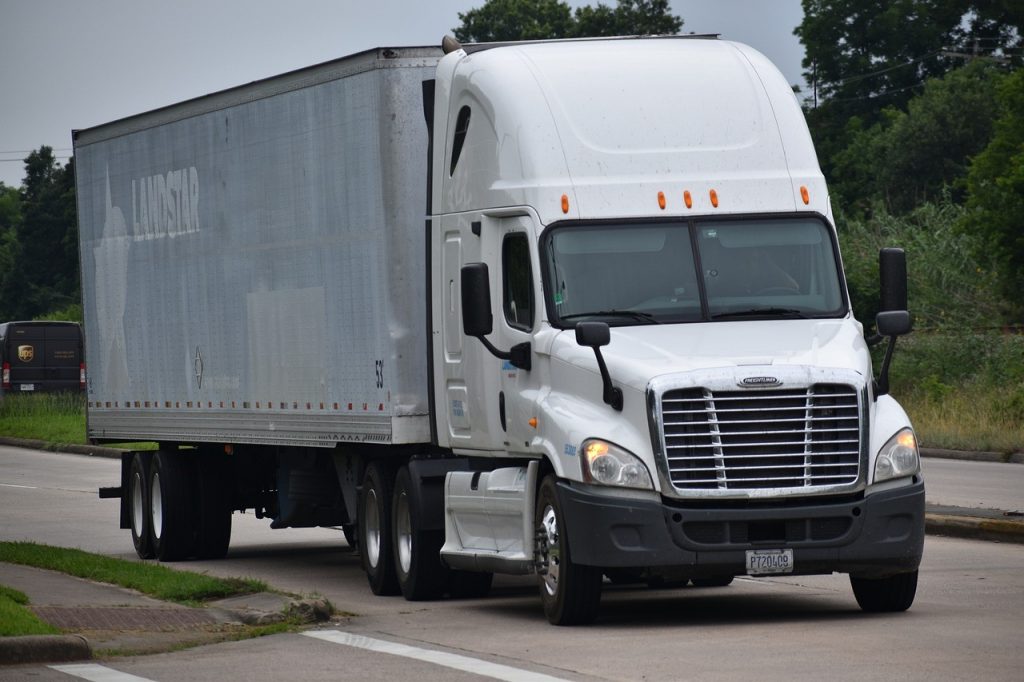Information technology has transformed every facet of life over the last 3 decades. It’s difficult to imagine just how different life was before the computer, Internet and smartphone revolution. Routine, everyday tasks that are taken for granted now have been made easy by technology.
While life at home has certainly changed, it’s in the business world that the impact of technology has been greatest. Supply chain management has also been affected. The need for fast and accurate supply chains has precipitated the rapid adoption of various technologies. Here are some of the ways technology is changing the practice of supply chain management.
1. Greater Efficiency
Shippers are under relentless pressure to reduce costs while increasing transparency and diversifying services. Many supply chain managers and logistics providers have turned to cloud computing and wireless technologies to improve accuracy, expand data capture, automate manual processes, and identify areas that need improvement.
Customer relationship management (CRM) systems are also helping improve client relations while providing easy-to-read dashboards that highlight emerging bottlenecks and inefficiencies.
2. Visibility Through Real-Time Data
Scanners, barcodes and radio-frequency identification (RFID) chips allow automatic item identification, and data capture. They reduce labor costs by minimizing the degree of human intervention. If, for example, someone orders Cat® parts, the supplier, shipper, and customer will have an accurate delivery estimate because they have access to real-time information.
APIs have allowed easy integration of systems because they reduced the time it takes to move data from one system to another. The overall improvement in information flow maximizes asset utilization allowing shippers to schedule return freight and reduce empty transportation miles.
3. Self-Driving Trucks
The trucking industry has been grappling with a driver shortage for years now and that’s unlikely to change. For this and other reasons, self-driving trucks are promising to be one of the most disruptive phenomena trucking has seen in decades.
Due to limitations of existing regulations as well as the need to test out the technology before going all out, one way autonomous trucking is taking root is through Driver Assisted Truck Platooning (DATP). Here, one driver ‘drives’ multiple driverless trucks in parade formation. The driver takes charge of the truck at the head of the queue. The other trucks electronically connect to the lead truck and follow autonomously. Unfortunately, DATP promises to lower driver wages, but improves truck miles per gallon.
There are jurisdictions that already allow autonomous trucks. That, however, often occurs with a driver riding in the cab to keep tabs on the computer.
4. Leveling the Carrier Playing Field
As with any industry, large carriers have the advantage of deep pockets. Traditionally, they had the resources to acquire the most advanced infrastructure available. But that is changing. Smaller carriers with tighter budgets now have access to new technologies.
They don’t have to spend thousands of dollars on automatic vehicle location or mobile resource management systems. Instead, small and niche carriers can create an efficient process with standard smartphones and a non-proprietary app. This actually makes them more flexible, something that is especially valuable in a fluid environment like the current COVID-19 pandemic.
5. Simplified Supply Chain
Supply chains typically consist of numerous moving parts. The more complex your supply chain is, the greater the risk of errors, conflicts and delays. Thanks to the expectations set by giant ecommerce players like Amazon, customers have little patience for unpredictable, delayed or misdirected shipping.
Information technology helps eliminate needless links, harmonize processes, and reduce expenditure. Systems make it easier to pick up redundant processes and identify opportunities for consolidation.
The role technology plays in supply chains is only bound to increase. Businesses that recognize this and leverage tech to their advantage will have an edge over their competition.
